'World's Largest Killer Bee'
A statue in the Texas town that proudly calls itself the killer bee capital of the world.
In October of 1990, the first colony of Africanized “killer bees” was found just outside Hidalgo, Texas. Though their unwelcome arrival into the United States set the media abuzz with panic, the southern Texas city had an unusually sweet reaction.
The Africanized bees entered the United States by way of Brazil. In the 1950s, South American scientists were attempting to cross European honey bees with African stock to bolster local honey production and engineer a bee subspecies that would thrive in the subtropical climate. Problems arose when a few African queen bees escaped from the Brazilian apiary and began mating with the locals, resulting in a volatile hybrid subspecies.
The Africanized honey bees are far less docile than their much-celebrated European counterparts. The individual bees themselves aren’t deadly—the venom in their sting is actually slightly less powerful than that of a European honey bee. However, they’re far more aggressive when provoked. When the Africanized bees sense a disturbance to their hive, they swarm and sting in droves. Even the noise from a passing vehicle or the rumble of a lawnmower can trigger a defensive attack that can be fatal.
The escaped bees and their progeny spread northward throughout the Americas, killing hundreds of people and animals along the way. When a swarm of about 3,000 of the “killer bees” was found in a monitoring trap on the outskirts of Hidalgo, it proved the unwelcome immigrants had finally crossed the Mexican border. They weren’t received nearly as warmly as other previous bees.
Hidalgo was the only place that honored their arrival with a bit of fanfare. Rather than shy away from the sting of all the bad press, the city’s mayor decided to celebrate its connection with the dreaded insects. The city became known as the “killer bee capital of the world” and the Hidalgo Economic Development Department spent $20,000 to erect a 2,000-pound, lifelike statue of a massive Africanized honey bee. The city even sells posters and postcards that feature the feared bug.

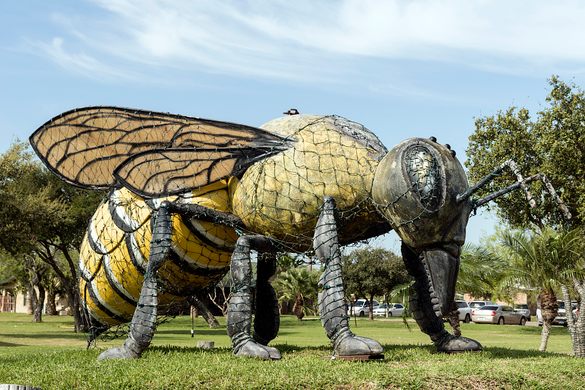

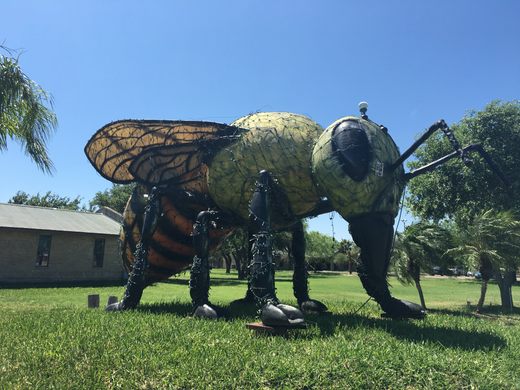
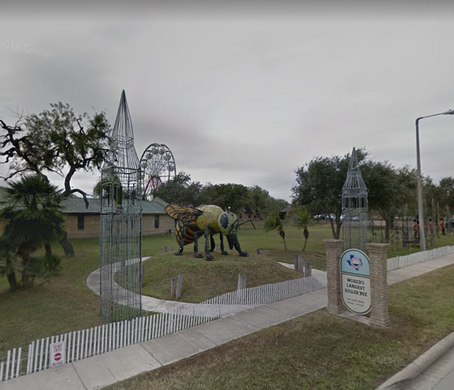








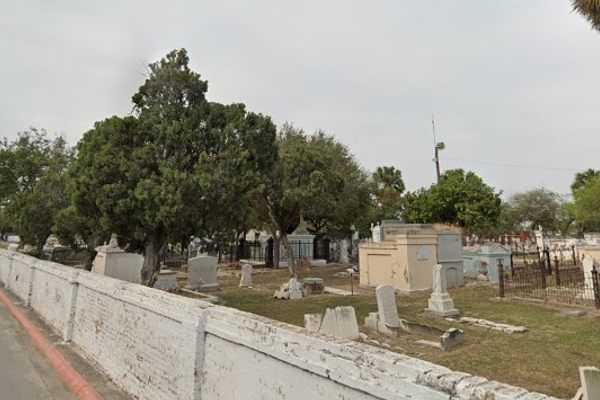

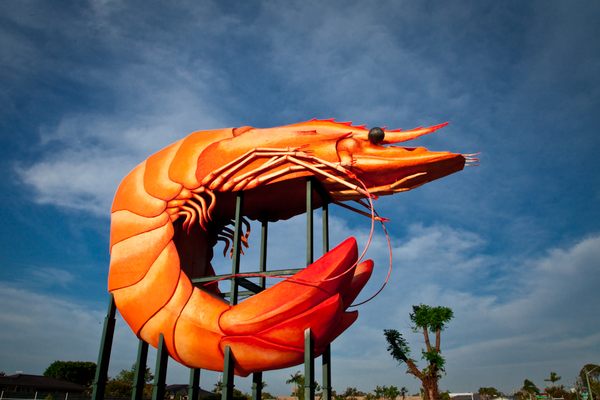




Follow us on Twitter to get the latest on the world's hidden wonders.
Like us on Facebook to get the latest on the world's hidden wonders.
Follow us on Twitter Like us on Facebook